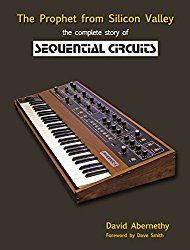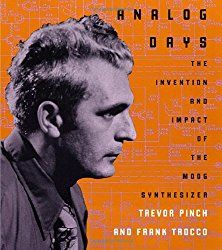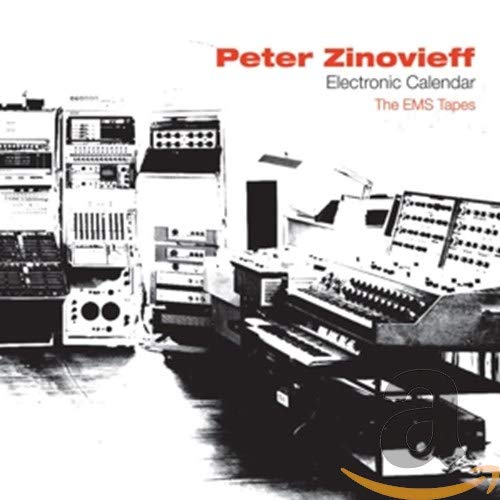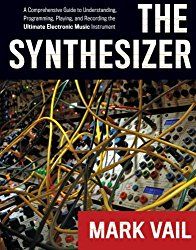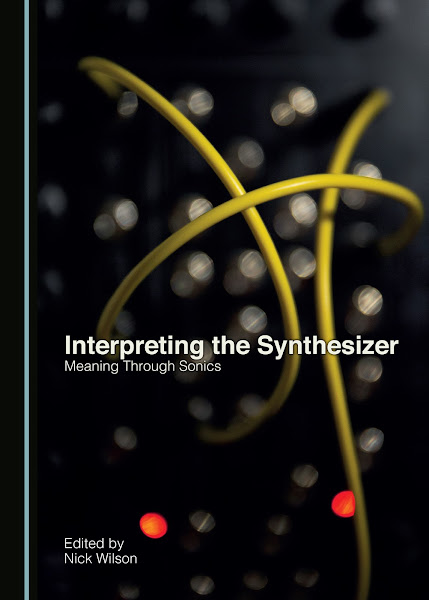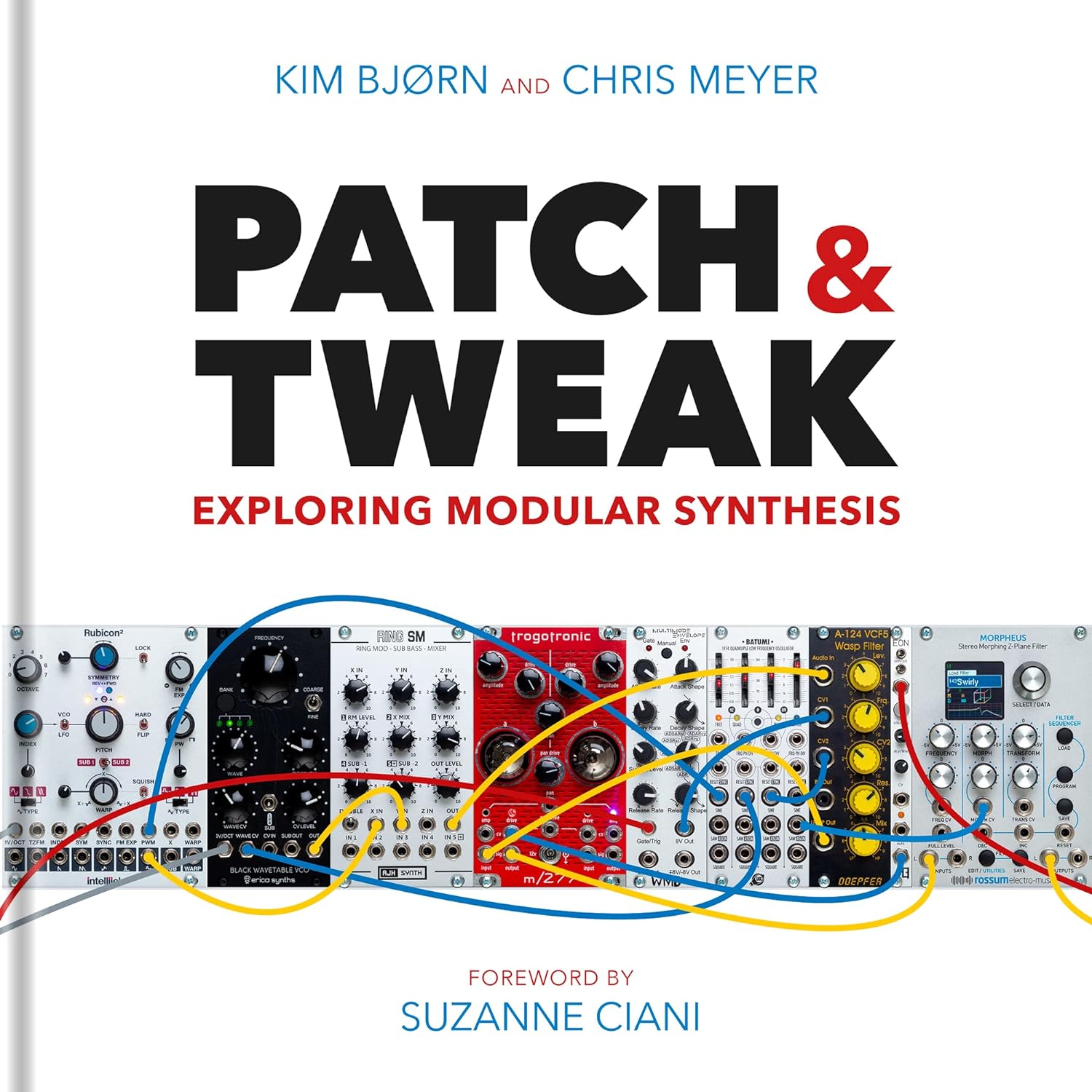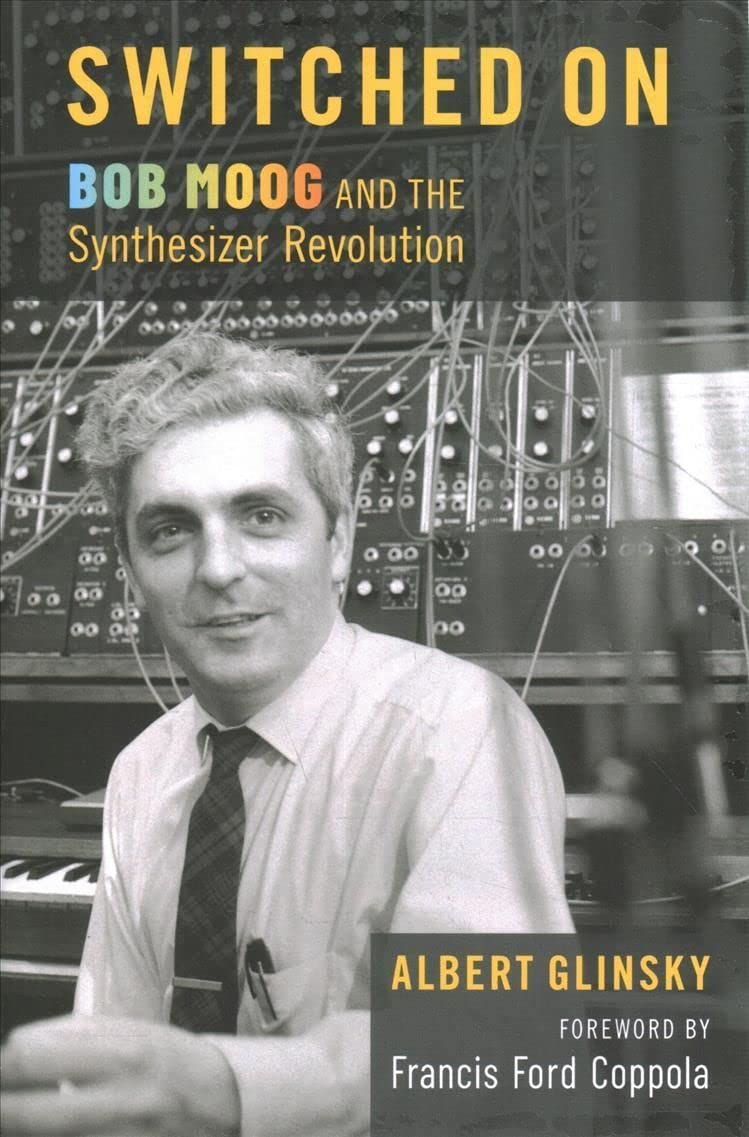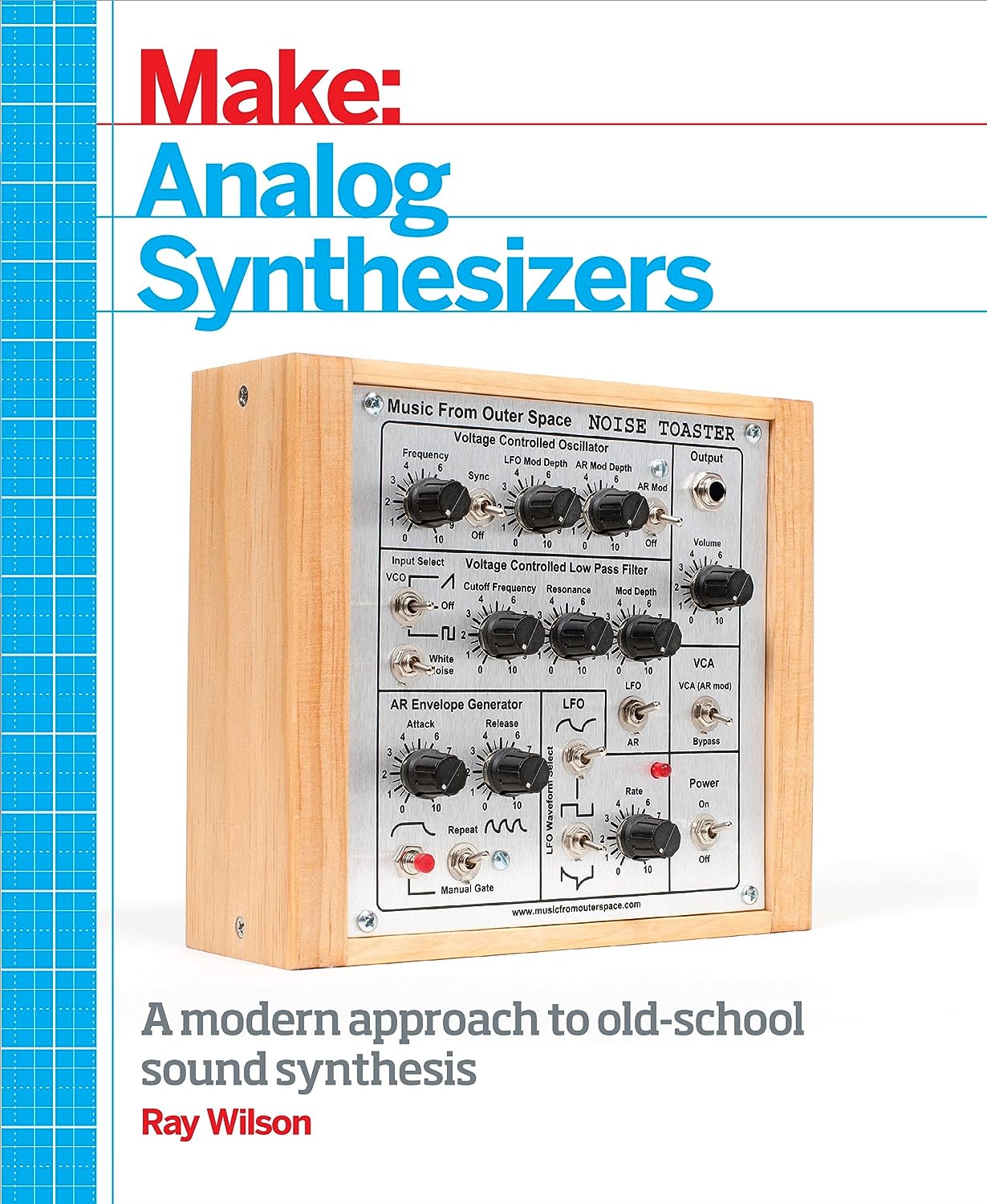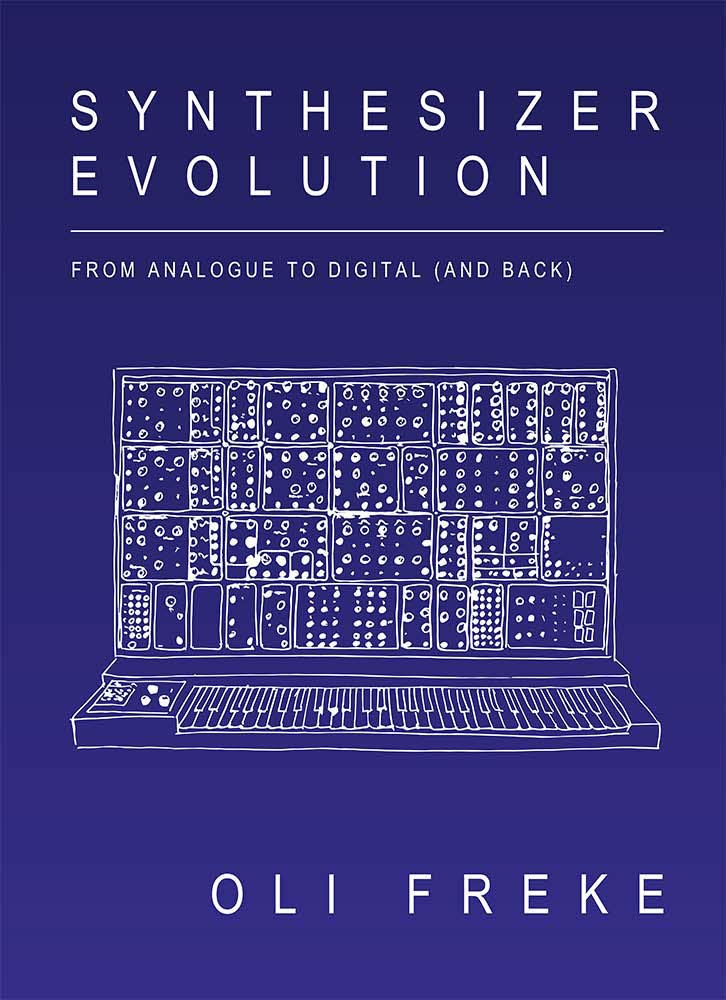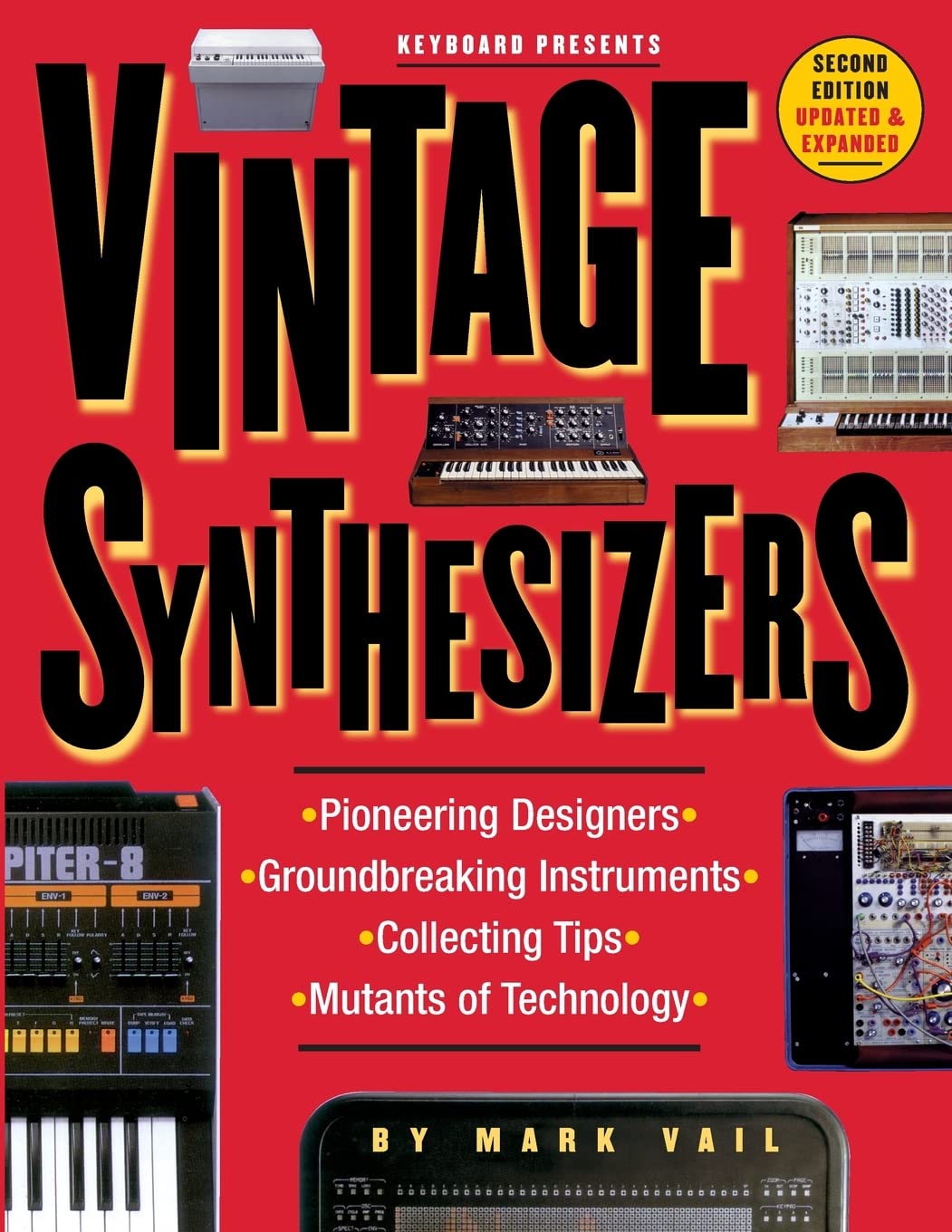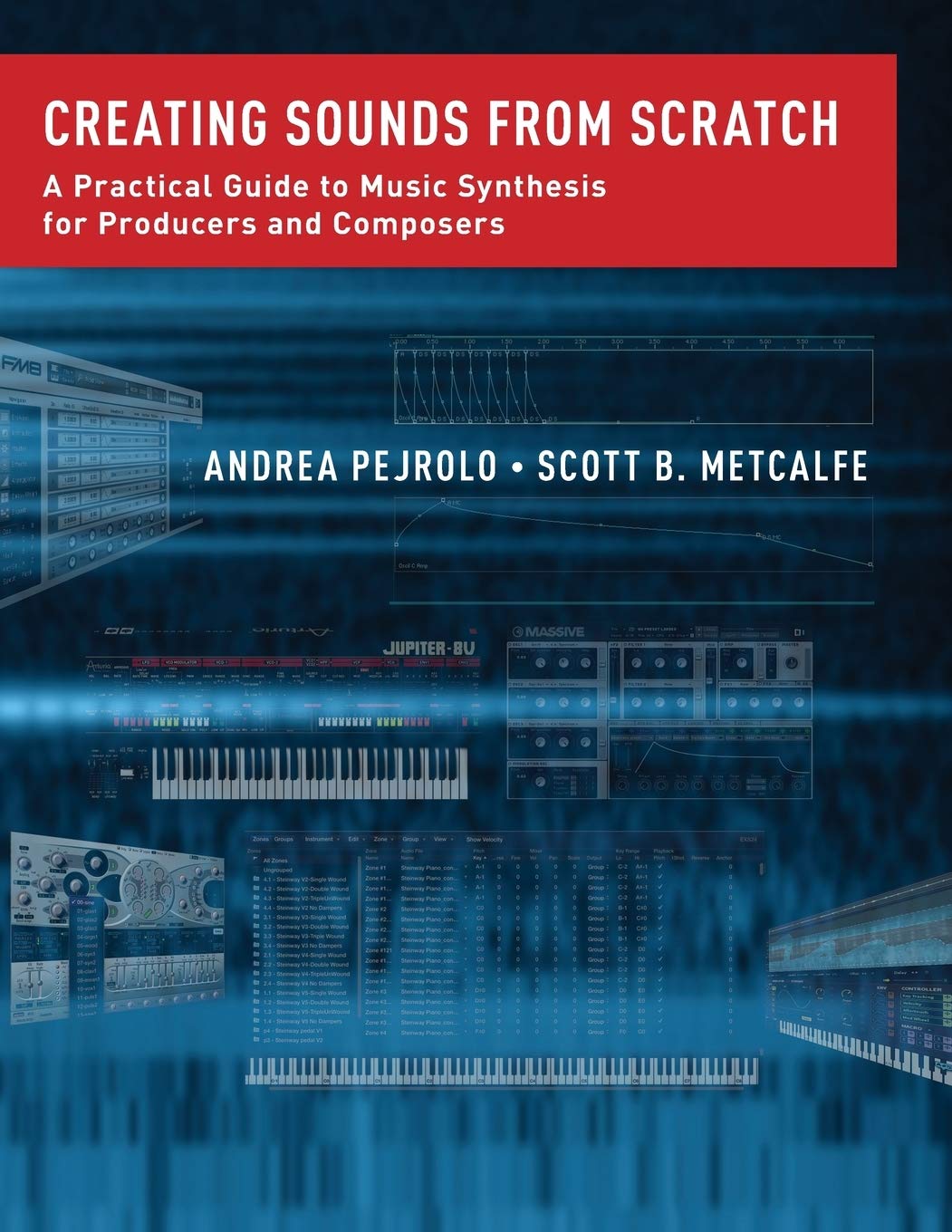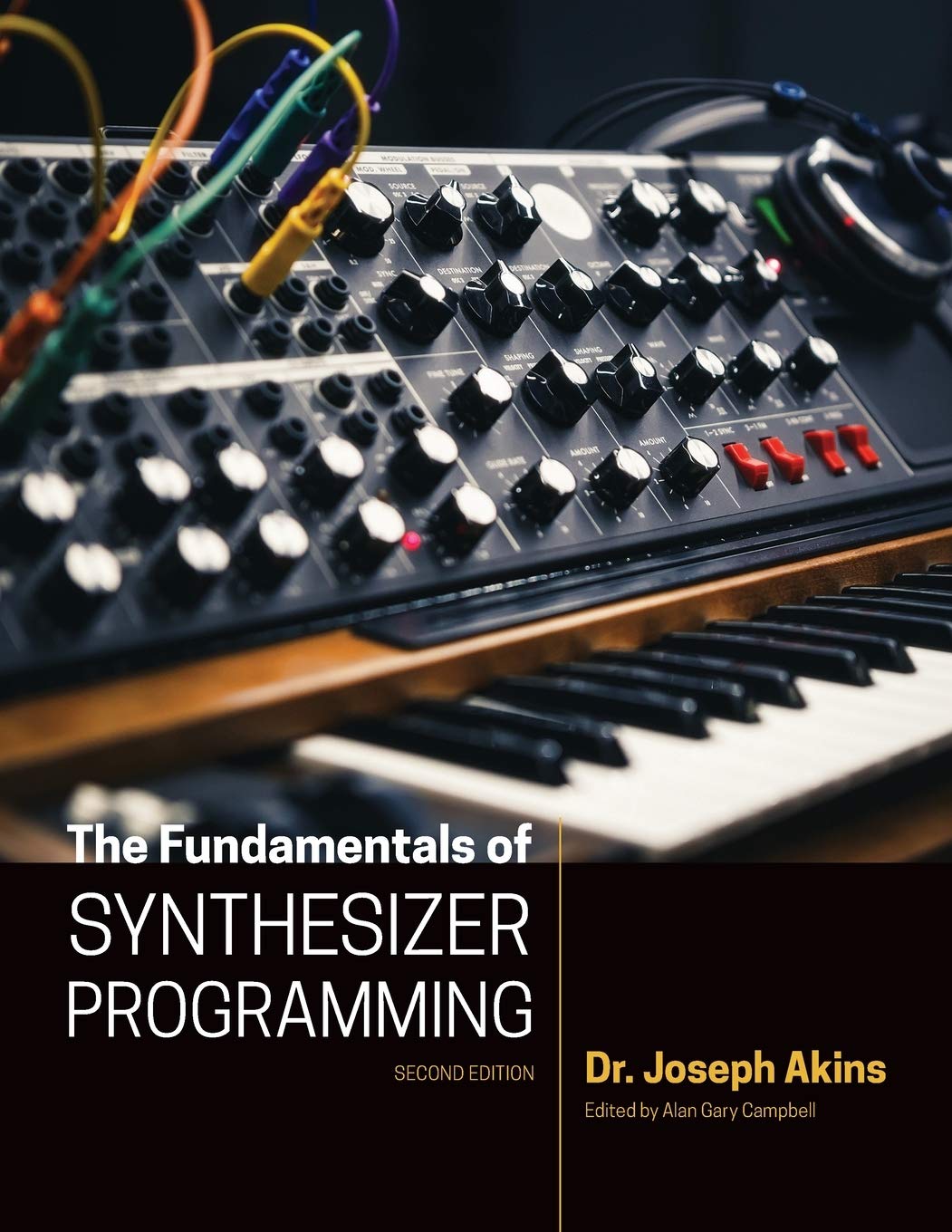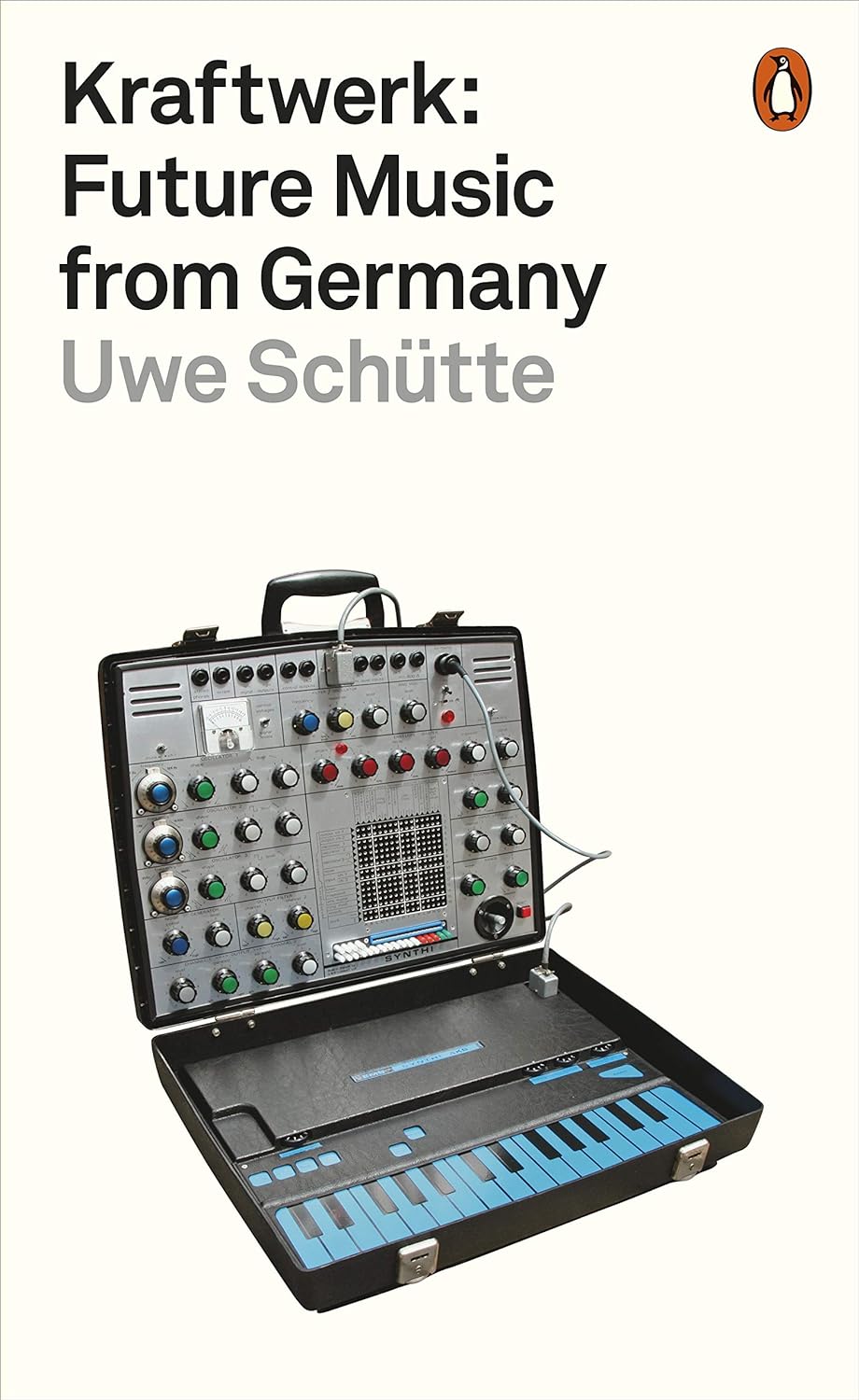 flickr by JSRockit.
flickr by JSRockit.Cool case.
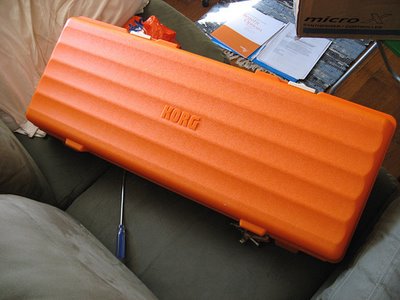
EVERYTHING SYNTH

 via Loscha:
"Some people who own Tx81z units might not know that many of the ROM sounds are custom designed for Wind/Breath controller use, which is why some of the sounds are rather quiet."
Title link takes you to shots pulled from this auction. Some details also pulled pulled from the auction:
"Lots of fun for the Sax player. The Sax can be used with the battery pack on the waist or with a power lead through the cable.The TX81Z synth is still sought after for the rack for it's ability to blend into a mix, and may be the most generally useful of the two.The Sax can also be used with any midi sound generator that can receive breath control."
"The sax can be set as a Bb,Eb or C instrument.(see close up photo). It is not a toy and has been used by International Artists.Plenty of stuff on the Internet about this instrument.Very similar to the WX11 and preferred by some."
"The following is an edited version of an article by Rex Djere..
In the mid 1970s, Nyle Steiner invented a wind controller based on the trumpet. He called it the Electronic Valve Instrument. All of these events predated Yamaha's entrance into the wind synthesizer market by more than a decade. During this time, Yamaha was focused on its core markets: brass and woodwind instruments; and keyboards, both pianos and synthesizers. In the 1970s and early 1980s, there was not really that great a demand for wind sythesizers. The demand for the electronic wind instruments began to increase in the early 1980s due to the adoption of EWIs by two very famous saxophonists, Michael Brecker and Tom Scott. Tom Scott's performance on his EWI on Saturday Night Live in 1982 caused quite a stir in the saxophone community. Yamaha saw the writing on the wall, and began developing its own wind synthesizer.
When the WX7 was finally released, it was completely revolutionary. The WX7 had adjustable keys, something that had been unheard of in wind synthesizers up until that point. This made it very easy for saxophonists to customize it in exactly the way that they wished. The mouthpiece had a pressure sensor connected to an analog-to-digital converter, but it also contained a metal lever which vibrated and allowed the pitch of the wind controller to be bent much more expressively and radically than other wind controllers on the market. The mouthpiece was fully adjustable. One one the most innovative features of the WX7 was its ability to transmit data on more than one midi channel. This made it possible to play chords and even entire orchestras using the WX7. The WX7 also had a battery pack, making it much more portable than other wind controllers. Sal Gallina became the first WX7 virtuoso. You can here incredible recordings of him playing everything from rock guitar solos to complete orchestral recordings on the WX7 here.
In 1988, Yamaha released the WX11. The WX11's main advancement over the WX7 is that it was somewhat simplified, and therefore easier to use. The WX7 had a very steep learning curve and the WX11 proved to be easier for the beginner to learn. However, the WX11 lost some very powerful features of the WX7 such as a thumb pitch bend wheel. The WX11 was widely believed to be easier to play without glitches than the WX7, but the WX7 was considered by many to be more flexible and more expressive. The WX11 was designed to be coupled with the WT11 wind synthesizer. The WT11 was a digital FM synthesizer that had various effects. It had four FM outputs, eight note polyphony, 10 digital effect (reverb, delay, echo, etc.), and it had internal memory. Both the WX7 and WX11 developed cult followings, with each camp very loyal to its own instrument. These two instruments dominated Yamaha's wind synthesizer landscape for the next decade. Yamaha did release another wind synthesizer called the EW30/Windjammer. This instrument was severely limited. It did not have an advanced pitch bend system as did the WX7 and WX11, and was not taken very seriously. The next major evolution in Yamaha wind synthesis was the arrival of the Yamaha WX5 in 1998, which is still in production and is listed by Yamaha for $1400.THe total package would be over $2000."
via Loscha:
"Some people who own Tx81z units might not know that many of the ROM sounds are custom designed for Wind/Breath controller use, which is why some of the sounds are rather quiet."
Title link takes you to shots pulled from this auction. Some details also pulled pulled from the auction:
"Lots of fun for the Sax player. The Sax can be used with the battery pack on the waist or with a power lead through the cable.The TX81Z synth is still sought after for the rack for it's ability to blend into a mix, and may be the most generally useful of the two.The Sax can also be used with any midi sound generator that can receive breath control."
"The sax can be set as a Bb,Eb or C instrument.(see close up photo). It is not a toy and has been used by International Artists.Plenty of stuff on the Internet about this instrument.Very similar to the WX11 and preferred by some."
"The following is an edited version of an article by Rex Djere..
In the mid 1970s, Nyle Steiner invented a wind controller based on the trumpet. He called it the Electronic Valve Instrument. All of these events predated Yamaha's entrance into the wind synthesizer market by more than a decade. During this time, Yamaha was focused on its core markets: brass and woodwind instruments; and keyboards, both pianos and synthesizers. In the 1970s and early 1980s, there was not really that great a demand for wind sythesizers. The demand for the electronic wind instruments began to increase in the early 1980s due to the adoption of EWIs by two very famous saxophonists, Michael Brecker and Tom Scott. Tom Scott's performance on his EWI on Saturday Night Live in 1982 caused quite a stir in the saxophone community. Yamaha saw the writing on the wall, and began developing its own wind synthesizer.
When the WX7 was finally released, it was completely revolutionary. The WX7 had adjustable keys, something that had been unheard of in wind synthesizers up until that point. This made it very easy for saxophonists to customize it in exactly the way that they wished. The mouthpiece had a pressure sensor connected to an analog-to-digital converter, but it also contained a metal lever which vibrated and allowed the pitch of the wind controller to be bent much more expressively and radically than other wind controllers on the market. The mouthpiece was fully adjustable. One one the most innovative features of the WX7 was its ability to transmit data on more than one midi channel. This made it possible to play chords and even entire orchestras using the WX7. The WX7 also had a battery pack, making it much more portable than other wind controllers. Sal Gallina became the first WX7 virtuoso. You can here incredible recordings of him playing everything from rock guitar solos to complete orchestral recordings on the WX7 here.
In 1988, Yamaha released the WX11. The WX11's main advancement over the WX7 is that it was somewhat simplified, and therefore easier to use. The WX7 had a very steep learning curve and the WX11 proved to be easier for the beginner to learn. However, the WX11 lost some very powerful features of the WX7 such as a thumb pitch bend wheel. The WX11 was widely believed to be easier to play without glitches than the WX7, but the WX7 was considered by many to be more flexible and more expressive. The WX11 was designed to be coupled with the WT11 wind synthesizer. The WT11 was a digital FM synthesizer that had various effects. It had four FM outputs, eight note polyphony, 10 digital effect (reverb, delay, echo, etc.), and it had internal memory. Both the WX7 and WX11 developed cult followings, with each camp very loyal to its own instrument. These two instruments dominated Yamaha's wind synthesizer landscape for the next decade. Yamaha did release another wind synthesizer called the EW30/Windjammer. This instrument was severely limited. It did not have an advanced pitch bend system as did the WX7 and WX11, and was not taken very seriously. The next major evolution in Yamaha wind synthesis was the arrival of the Yamaha WX5 in 1998, which is still in production and is listed by Yamaha for $1400.THe total package would be over $2000."

